Articles tagged microservices
Micro Frontends for Java Microservices
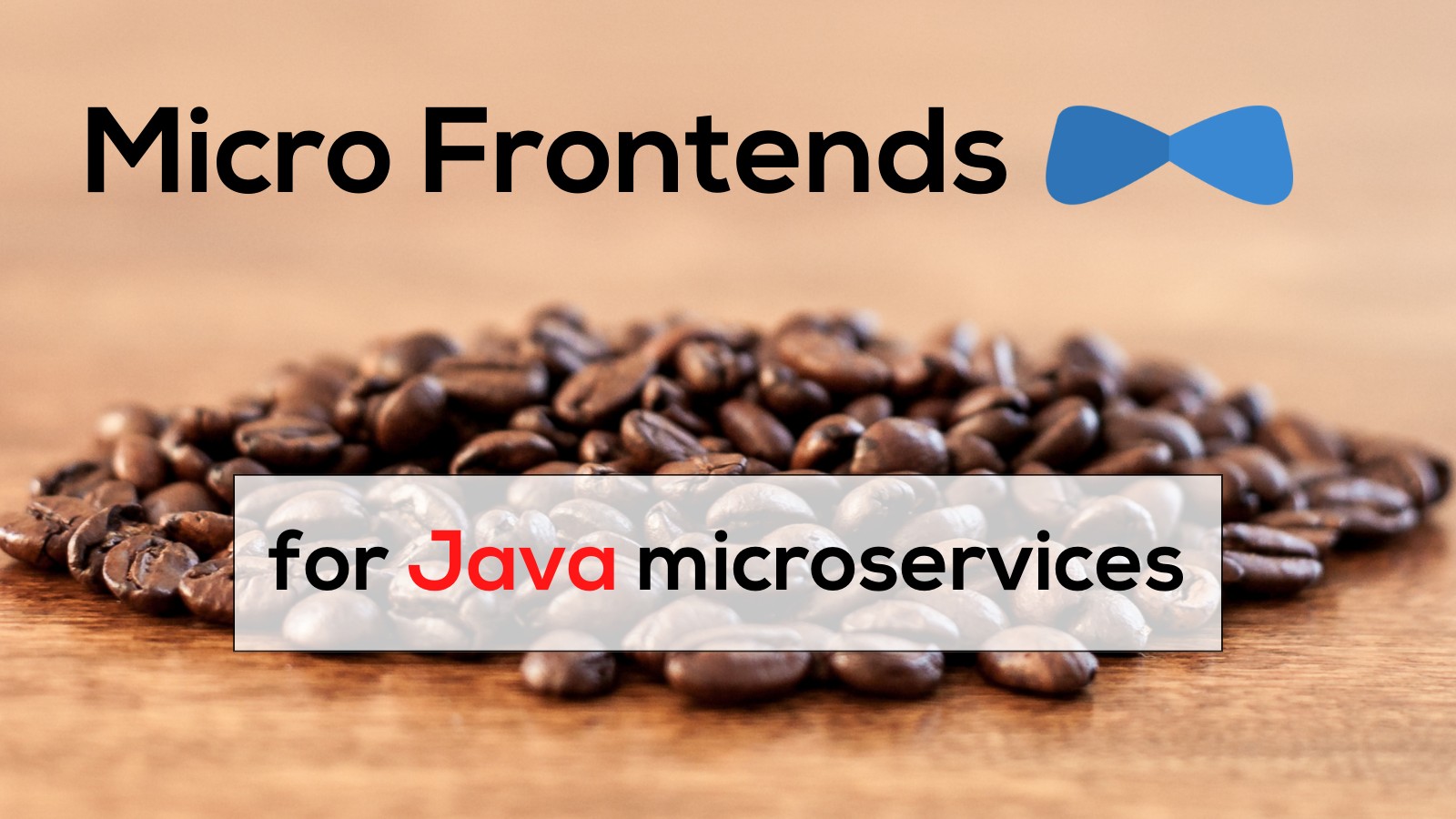
Microservices have been quite popular in the Java ecosystem ever since Spring Boot and Spring Cloud made them easy to build and deploy. Things have gotten even easier in recent years with the proliferation of new Java frameworks built specifically for microservices: MicroProfile, Micronaut, Quarkus, and Helidon. Not only do these frameworks provide an excellent developer experience, but they also tend to have built-in Docker support. They even work with GraalVM, so you can compile...
Communicate Between Microservices with Apache Kafka
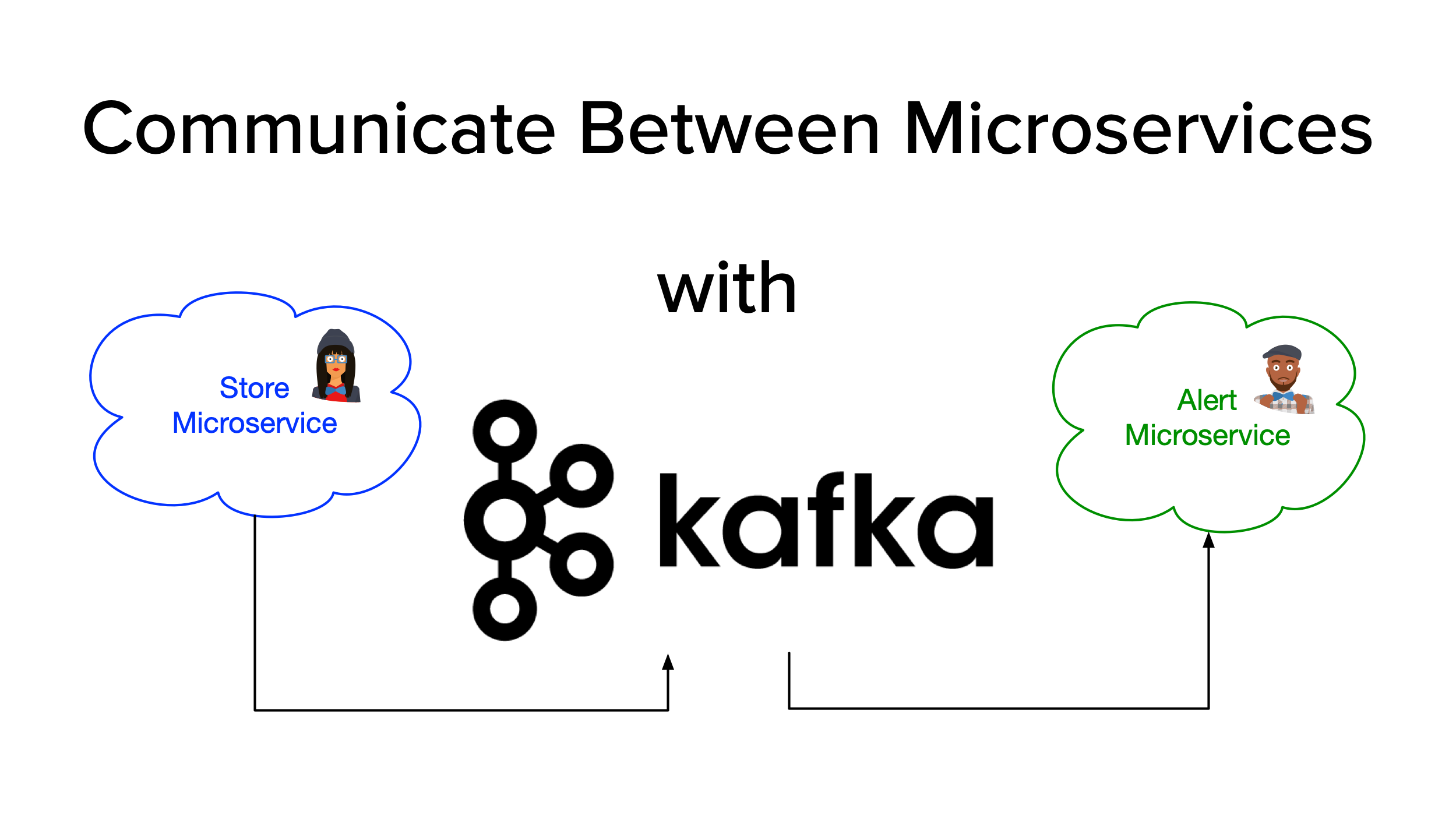
One of the traditional approaches for communicating between microservices is through their REST APIs. However, as your system evolves and the number of microservices grows, communication becomes more complex, and the architecture might start resembling our old friend the spaghetti anti-pattern, with services depending on each other or tightly coupled, slowing down development teams. This model can exhibit low latency but only works if services are made highly available. To overcome this design disadvantage, new...
JHipster Microservices on AWS with Amazon Elastic Kubernetes Service

In this tutorial, you’ll use JHipster to build a microservice stack and deploy it to Amazon Elastic Kubernetes Service (EKS). The microservices will use Java and Spring Boot for resource servers and Vue for the frontend. The server-side applications will use Spring’s Reactive technology stack. The microservice will include multiple databases and database types: PostgresSQL, MongoDB, and Neo4j. You’ll secure the service using OAuth 2.0 and OpenID Connect (OIDC), with Okta as the OIDC provider....
Kubernetes Microservices on Azure with Cosmos DB
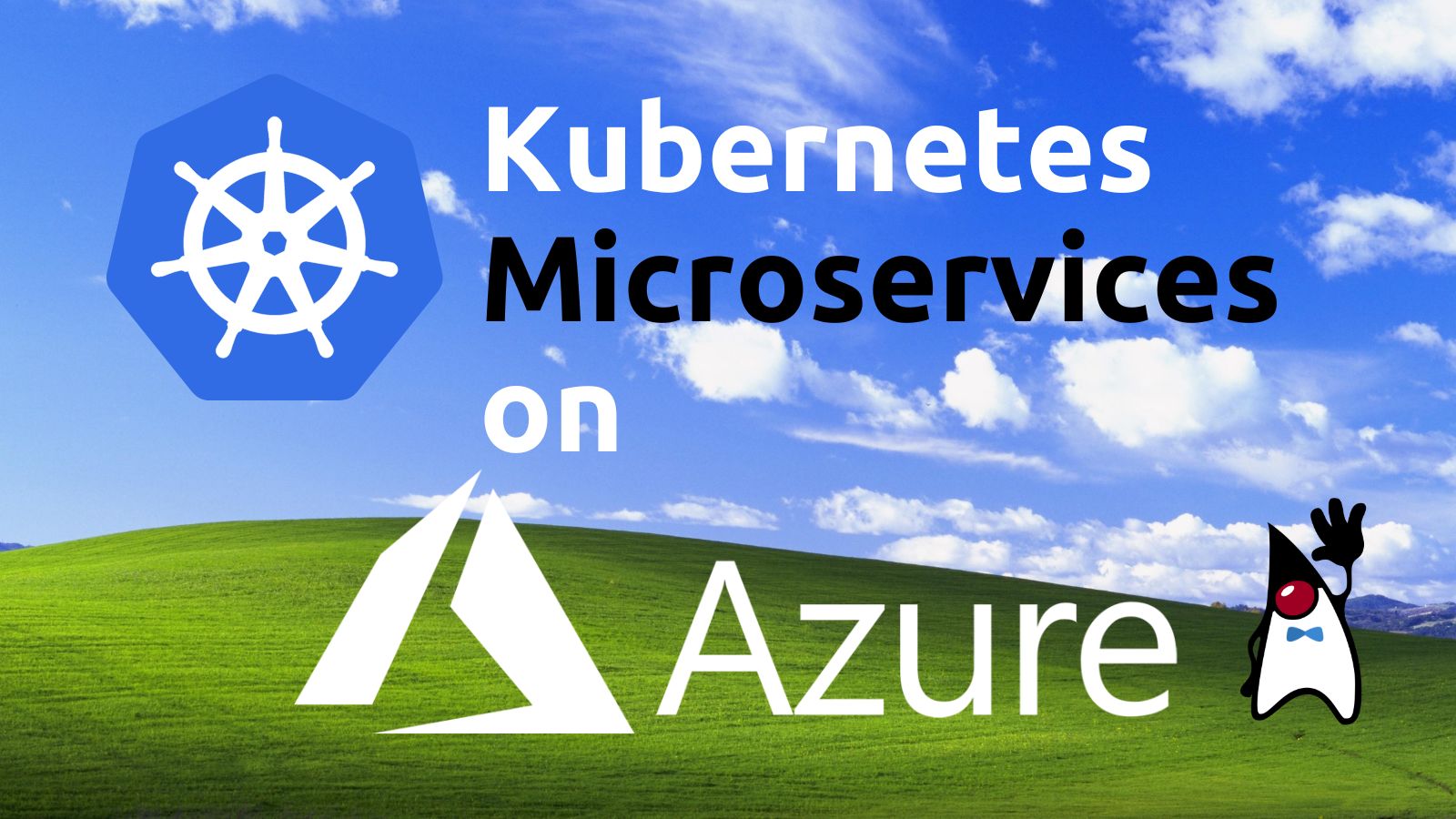
In this tutorial, you’ll learn how to deploy a JHipster-based reactive microservice to Azure Kubernetes Service (AKS). You’ll use Azure’s Cosmos DB as a persistent store for one of the services. For security, you’ll use Okta as an OAuth 2.0 and OpenID Connect (OIDC) provider. You’ll also securely encrypt all secrets in the project configuration files using Kubernetes secrets and kubeseal. This tutorial focuses on deploying an already generated project to Azure AKS. It does...
Authentication Patterns for PHP Microservices

Microservices are an increasingly popular architecture, as they allow you to split application development into smaller, easier-to-manage pieces. However, microservices introduce complexity when it comes to implementing authentication. Generally, you only need to worry about one point of ingress for auth with a traditional monolithic application. Still, there are multiple ways to set things up with microservices and just as many authentication patterns to suit. In this tutorial, you’ll see how to build a small...
Java Records: A WebFlux and Spring Data Example

When defining classes for a simple aggregation of values, Java developers have traditionally relied on constructors, accessors, equals(), hashCode() and toString(), an error-prone practice that has low value and shifts the focus away from modeling immutable data. Java records were introduced as a first preview in JDK 14 in order to simplify how we write data carrier classes. The second preview came in JDK 15 and the finalized feature arrived in JDK 16. A summary...
Session Clustering for OAuth 2.0 Applications

A common OAuth 2.0 question we get: "How do I deal with OAuth in a load-balanced application?" The short answer: There’s nothing specific about session clustering for OAuth. The longer answer is—you likely still need to worry about cluster session management. This post will discuss how an OAuth login relates to your application’s session. And we’ll build a simple, secure, load-balanced application to demonstrate. Note: In May 2025, the Okta Integrator Free Plan replaced Okta...
Content Negotiation with a Java MicroProfile Application
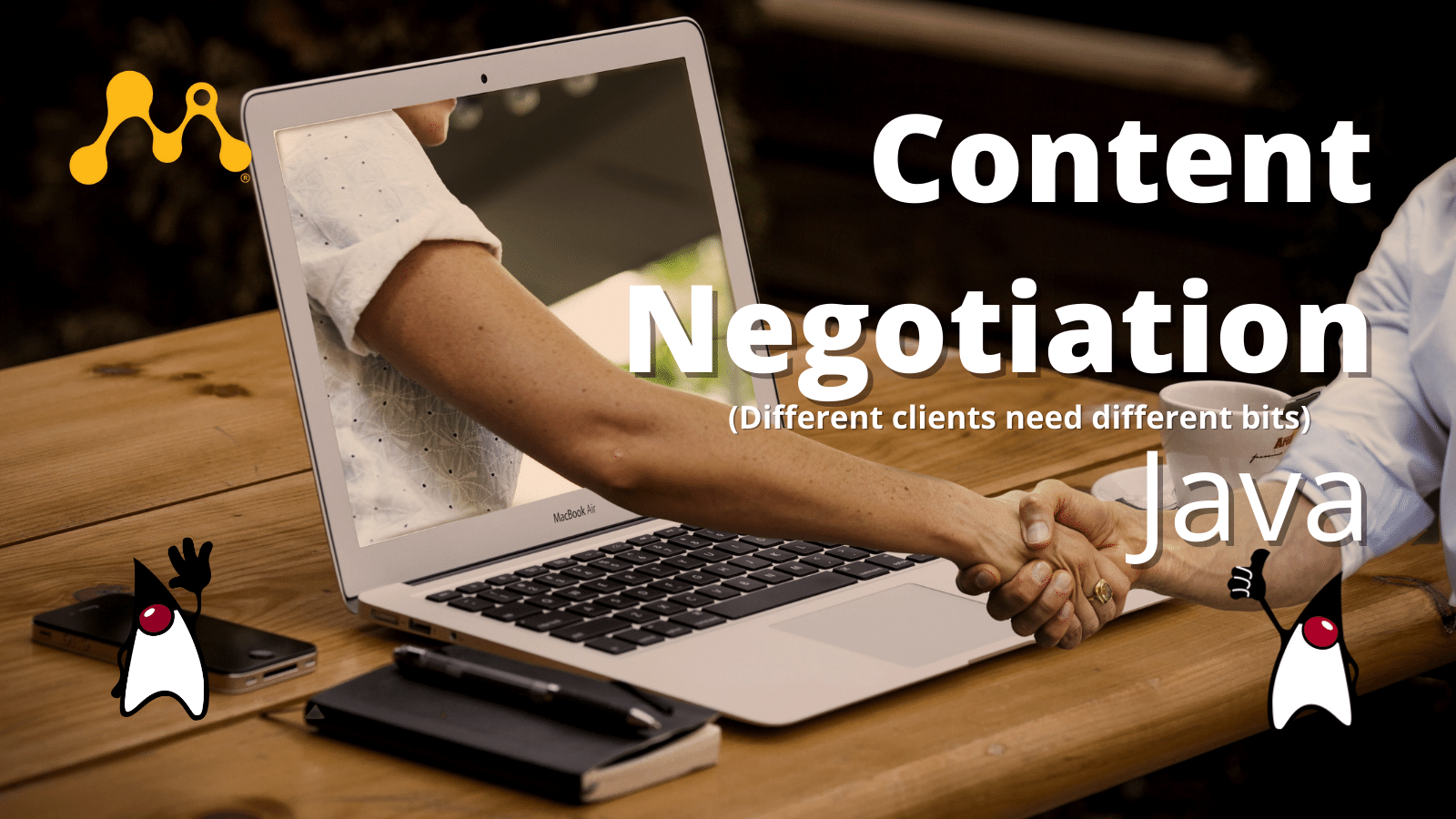
Content negotiation allows for an HTTP server to respond to different types of clients. Many modern clients expect a JSON response, but there may be a need to format responses differently, maybe XML for older clients or a binary format for newer ones. Content negotiation is the mechanism used to solve that problem and others, such as dealing with multiple languages and even compressing HTTP requests. In this post, I’ll walk through building a simple...
Reactive Java Microservices with Spring Boot and JHipster
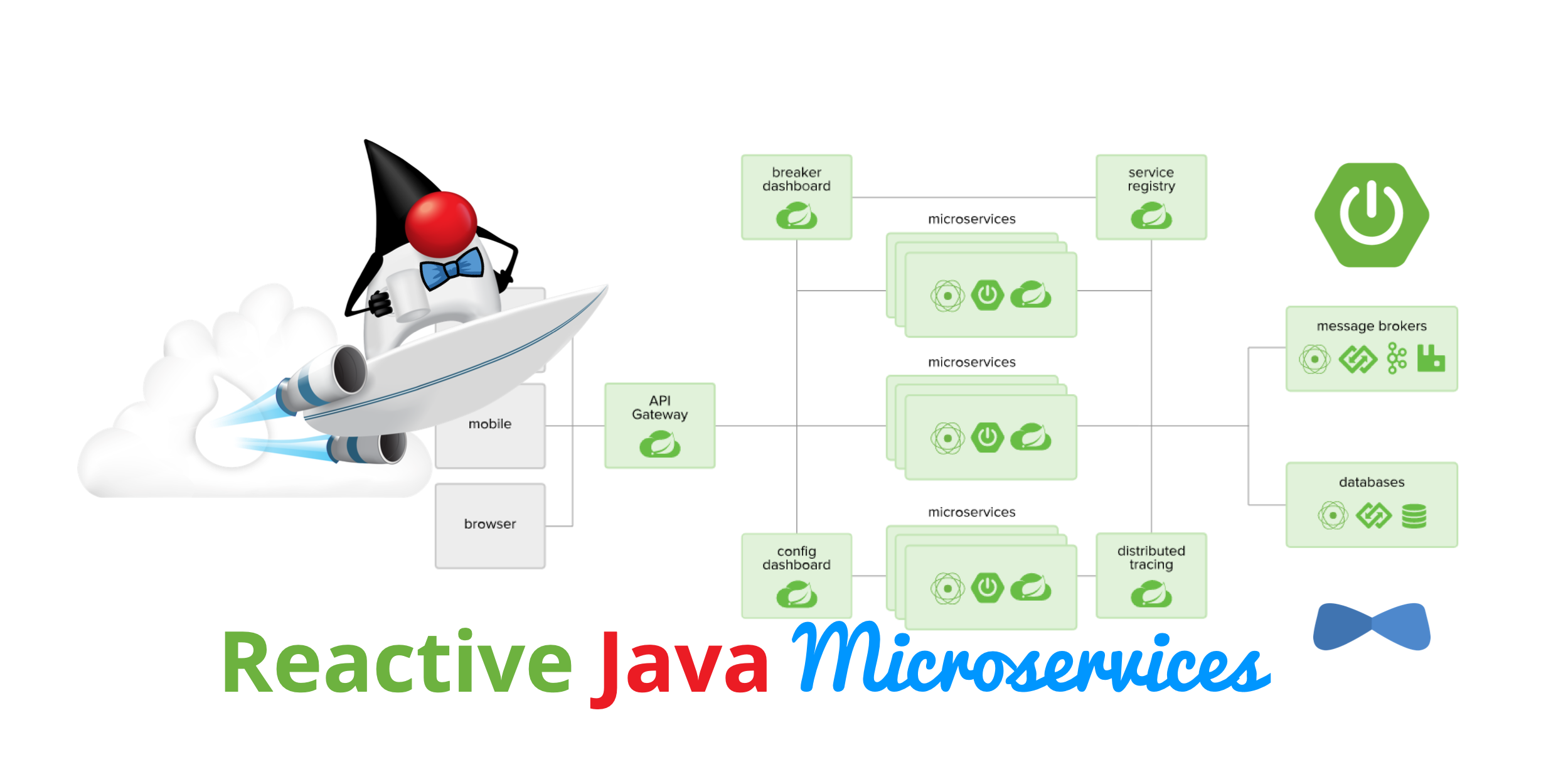
Java has been at the forefront of microservice architectures since they came to prominence a few years ago. It’s a popular language with well-known, high-quality frameworks, like Spring Boot, Spring Cloud, Spring Data, and Spring Security. Spring Boot 2.0 introduced a new web framework called Spring WebFlux. Previous versions of Spring Boot only shipped with Spring MVC as an option. WebFlux offers a way for developers to do reactive programming. This means you can write...
Scaling Secure Applications with Spring Session and Redis

Spring Boot and Spring Security have delighted developers with their APIs for quite some time now. Spring Security has done an excellent job of implementing OAuth and OpenID Connect (OIDC) standards for the last few years. If you’re using Spring Security’s default authorization code flow with OIDC, it’ll establish a session on the server and serve up old fashion session cookies. If you want to scale your services, you’ll need to share session information. This...
Spring Cloud Config for Shared Microservice Configuration
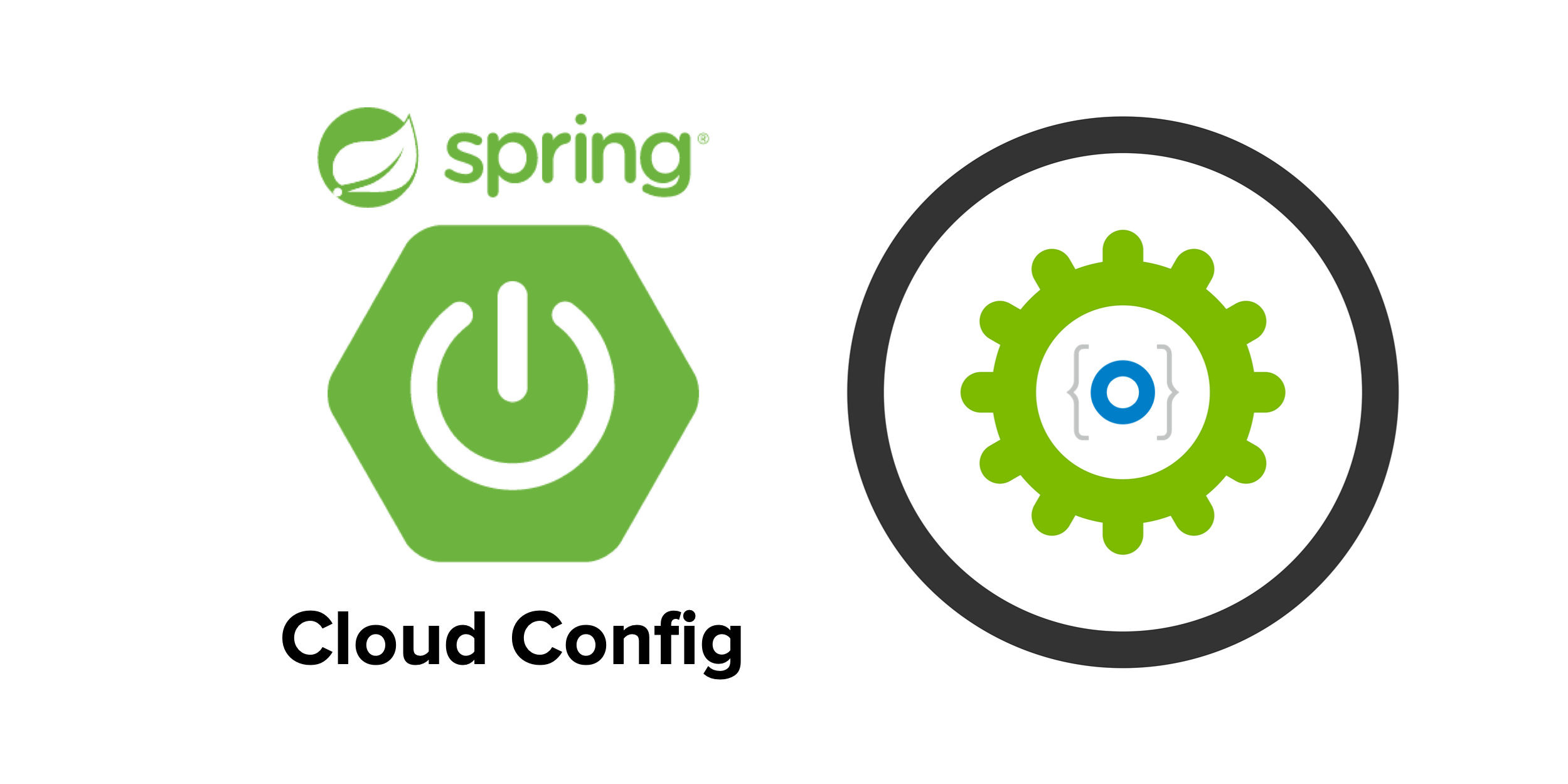
The microservice architecture pattern, in which business functionality is distributed among many small atomic applications as opposed to one or two monolithic chunks, is very powerful and in wide use across large and small tech companies. Each piece has a narrow, well-defined task and communicates with other services via a shared channel (usually REST APIs). The benefits of adopting a microservice architecture include: Easier maintenance and development of applications: developers and teams can focus on...
Security Patterns for Microservice Architectures

If you attend a lot of Java ecosystem conferences, you’ll think that everyone uses microservices. It’s a trendy topic, and developers everywhere are interested in learning about them. For a good reason too! Microservice architectures are a technique for delivering code faster. Chris Richardson is a friend and expert on microservices. He suggests a helpful guideline in a recent blog post: Why microservices? IF you are developing a large/complex application AND you need to deliver...
Node Microservices: From Zero to Hero

Node is one of the premier frameworks for microservice architecture today. The microservice pattern allows developers to compartmentalize individual components of a larger application infrastructure. Because each component runs independently, you can upgrade or modify components without impacting the larger application. Each component exposes an interface to external consumers who are blind to any internal logic the service does. One of the challenges of working in a microservice environment is the process of one service...
Communicate Between Microservices with Apache Kafka
Get Started with the ELK Stack

Good design principles require that microservices architectures are observable, and provide a centralized monitoring tool. This tool allows development teams to verify the overall system health, inspect logs and errors, and get feedback after deployments. So what is the Elastic (or ELK) Stack and why it is an excellent option to meet this need? In this tutorial post, you will learn how to … Set up and run the ELK stack in Docker containers Set...
Secure Reactive Microservices with Spring Cloud Gateway
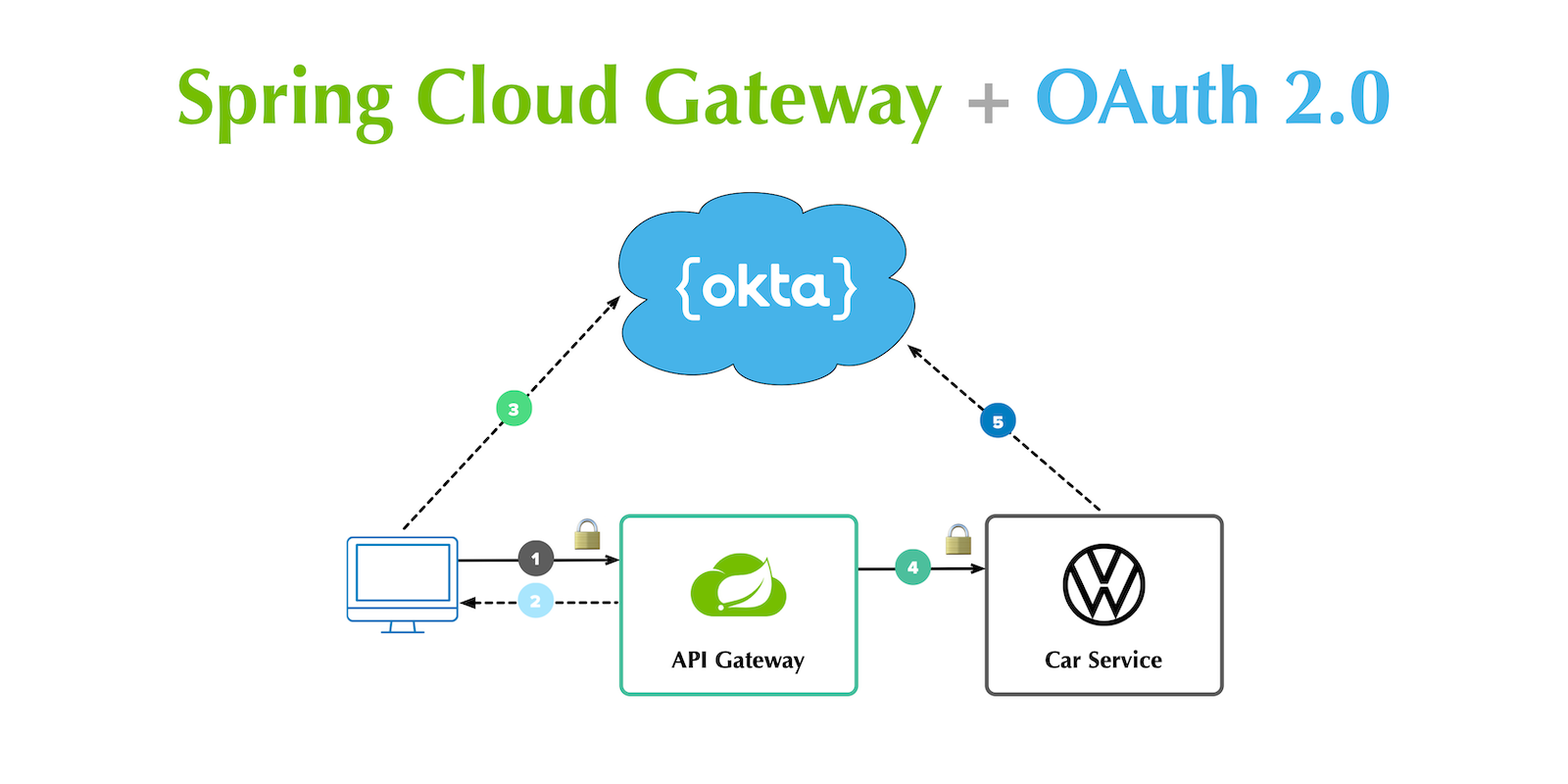
So you wanna go full reactive, eh? Great! Reactive programming is an increasingly popular way to make your applications more efficient. Instead of making a call to a resource and waiting on a response, reactive applications asynchronously receive a response. This allows them to free up processing power, only perform processing when necessary, and scale more effectively than other systems. The Java ecosystem has its fair share of reactive frameworks, including Play Framework, Ratpack, Vert.x,...
How to Win at UI Development in the World of Microservices
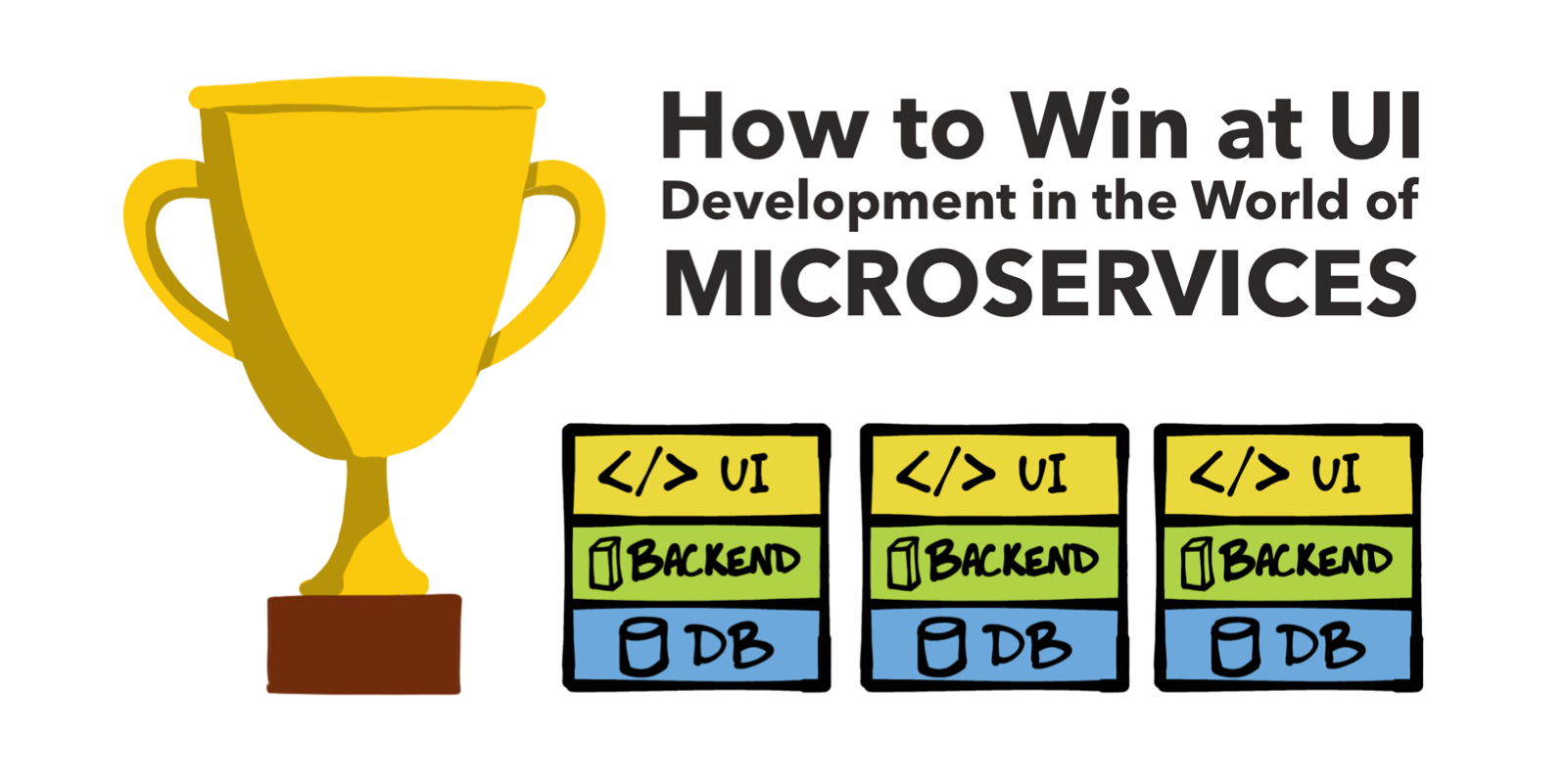
Microservices have become a popular and effective design for scaling development teams in large companies. A microservices architecture enables you to build and deploy services independently, providing developers autonomy, enthusiasm, and a passion for their work. These benefits are realized because they feel a sense of control over their own destiny. Allow me to demonstrate with a story about my time at LinkedIn. In early 2008, they asked me to do an analysis of Ruby...
Build Secure Microservices in PHP

The history of software is a history of improving architectures - from the underlying hardware, OS and virtualization platforms, programming languages and frameworks, to the architecture of the applications we build. The microservice architecture in PHP is a relatively new improvement that’s emerged from the desire of fast-paced companies like Netflix and Amazon to improve their software continually, experiment with different ideas, ship early and ship often. This is difficult to achieve in a traditional...
Java Microservices with Spring Cloud Config and JHipster
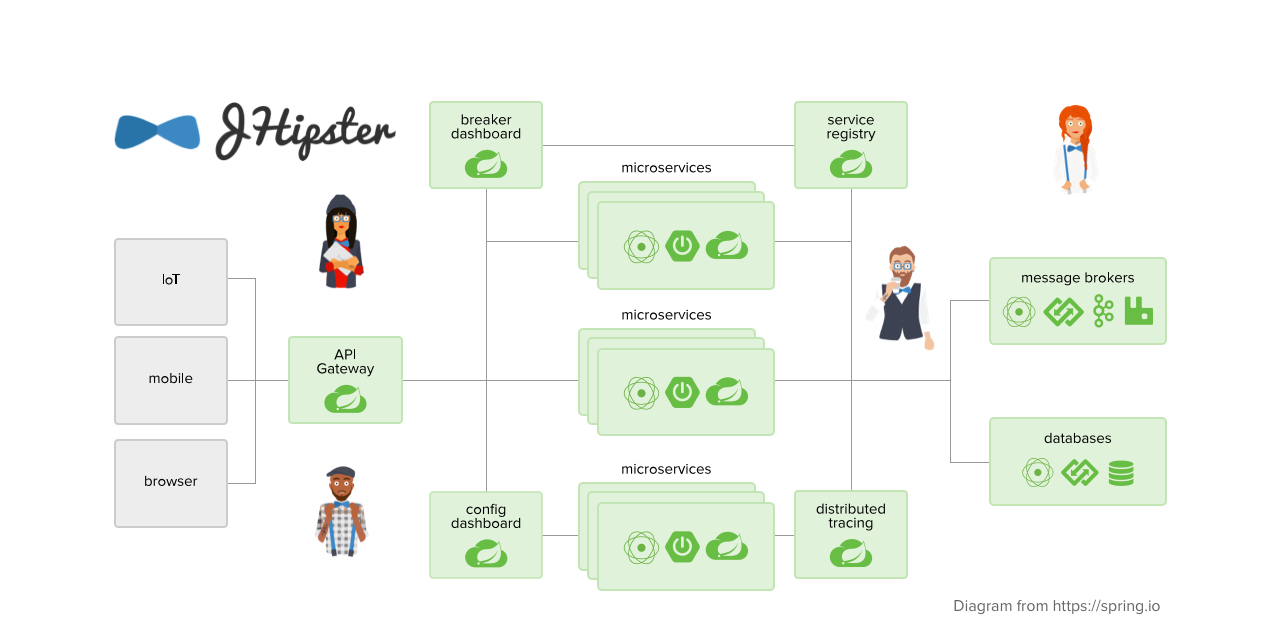
Developing a microservice architecture with Java and Spring Boot is quite popular these days. It’s definitely one of the most popular combinations in the Java ecosystem. If you need any proof, just look at all of the similar frameworks that have cropped up in the last few years: MicroProfile, Micronaut, and Quarkus, just to name a few. Spring Boot provided a much-needed spark to the Spring ecosystem when it was first released in 2014. Instead...
Java Microservices with Spring Boot and Spring Cloud
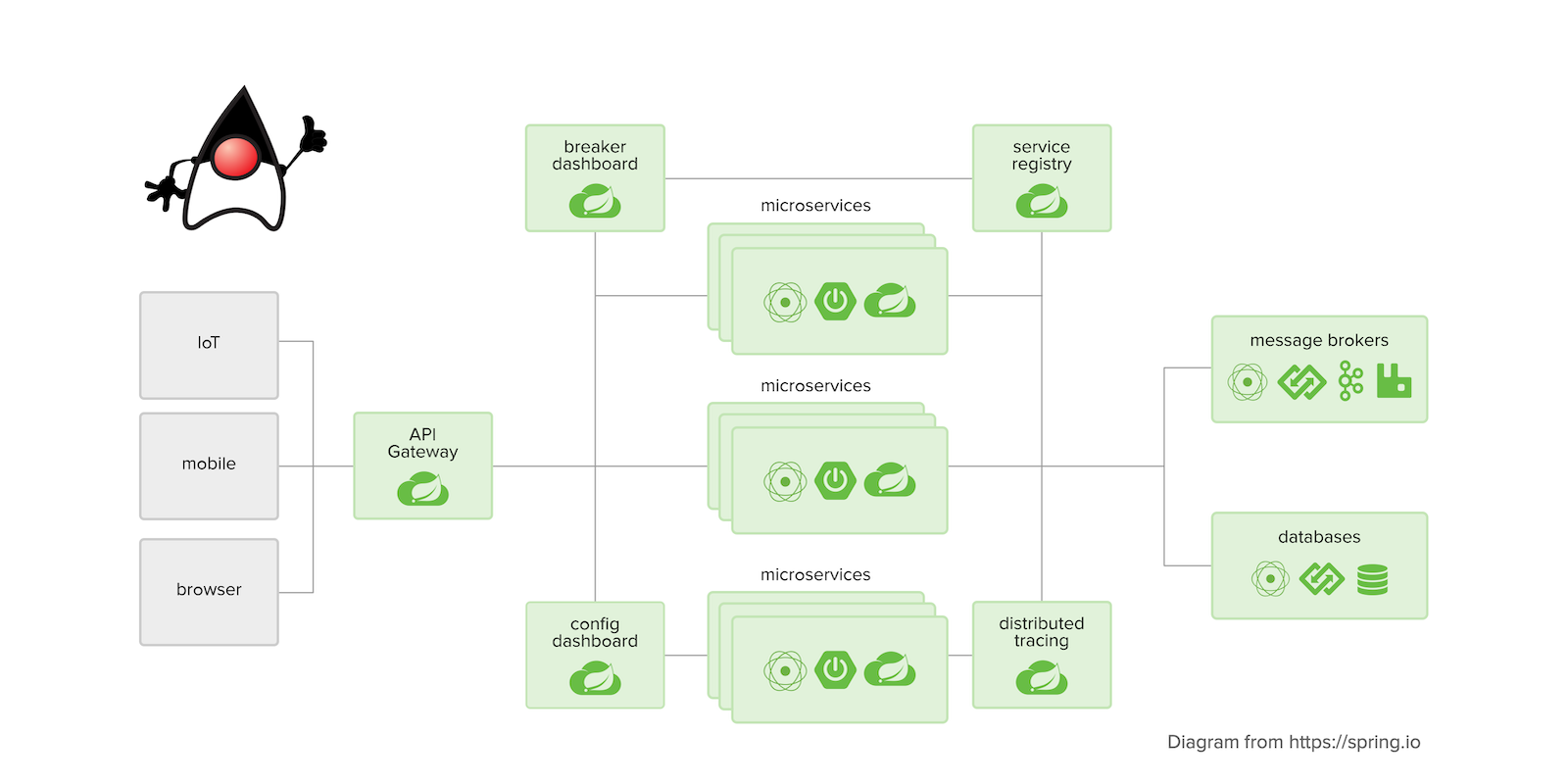
Java is a great language to use when developing a microservice architecture. In fact, some of the biggest names in our industry use it. Have you ever heard of Netflix, Amazon, or Google? What about eBay, Twitter, and LinkedIn? Yes, major companies handling incredible traffic are doing it with Java. Implementing a microservices architecture in Java isn’t for everyone. For that matter, implementing microservices, in general, isn’t often needed. Most companies do it to scale...
Build a Microservice Architecture with Spring Boot and Kubernetes

In this tutorial, you’re going to use Kubernetes to deploy a Spring Boot microservice architecture to Google Cloud, specifically the Google Kubernetes Engine (GKE). You’re also going to use Istio to create a service mesh layer and to create a public gateway. The whole thing is going to be secured using Okta OAuth JWT authentication. That was a mess of jargon. We’re not going to explain microservices in-depth here. In short, microservices are a design...
Build Secure Microservices with AWS Lambda and ASP.NET Core

Microservices are fun to build and offer us a scalable path to overcoming problems with tightly coupled dependencies that plague monolithic applications. This post will walk you through building an AWS Lambda microservice written in C# with .NET Core 2.1, and communicating in JSON. We’re bringing together multiple exciting technologies here - microservices, serverless API via AWS Lambda, and authentication using Okta’s easy and convenient identity provider. Each of these technologies is deserving of their...
Secure Service-to-Service Spring Microservices with HTTPS and OAuth 2.0
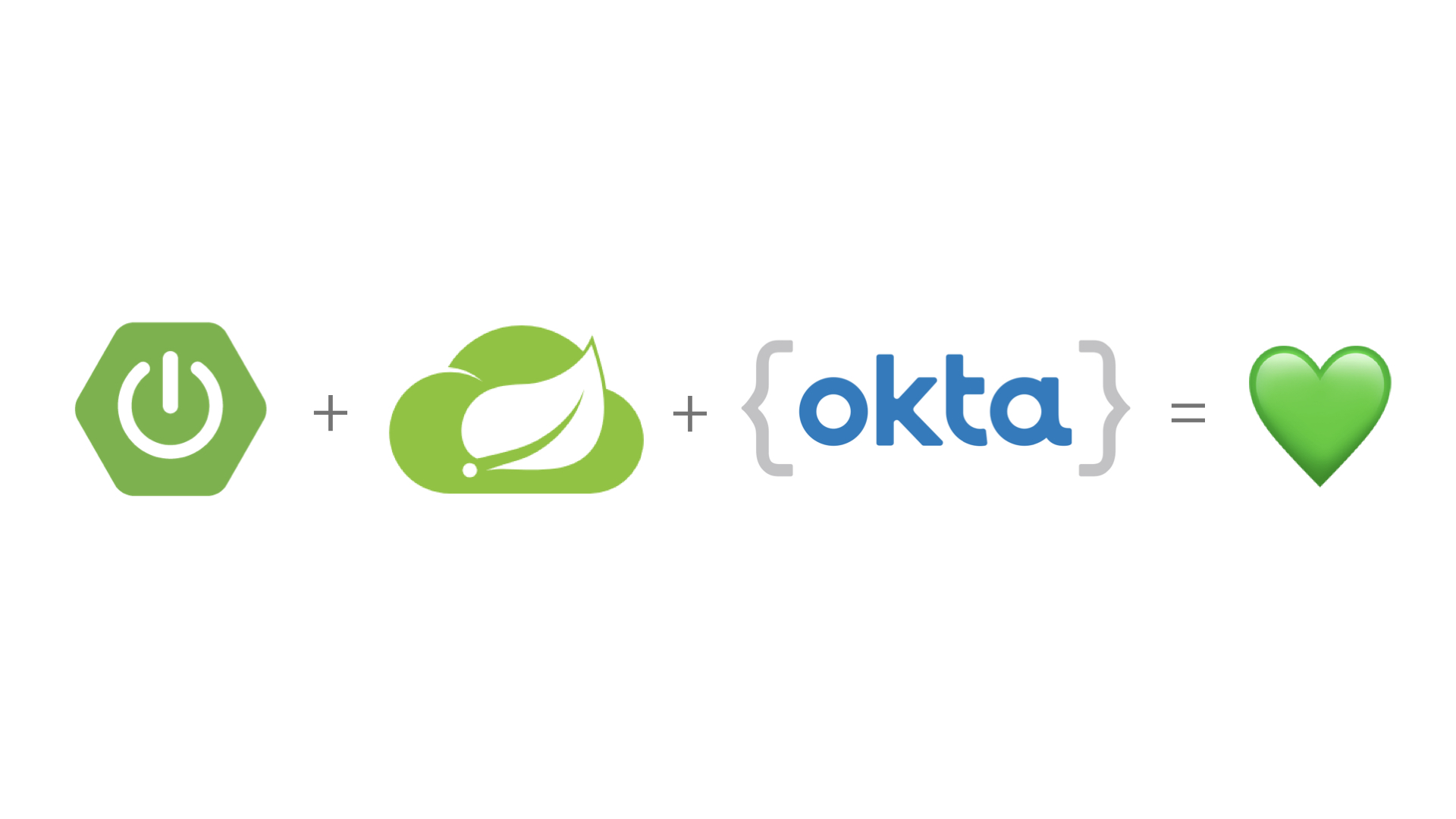
Building a microservices architecture is possible with minimal code if you use Spring Boot, Spring Cloud, and Spring Cloud Config. Package everything up in Docker containers and you can run everything using Docker Compose. If you’re communicating between services, you can ensure your services are somewhat secure by not exposing their ports in your docker-compose.yml file. But what happens if someone accidentally exposes the ports of your microservice apps? Will they still be secure or...
Build Spring Microservices and Dockerize Them for Production

In this post, you’ll learn about microservices architecture and how to implement it using Spring Boot. After creating some projects with the technique, you will deploy the artifacts as Docker containers and will simulate a container orchestrator (such as Kubernetes) using Docker Compose for simplification. The icing on the cake will be authentication integration using Spring Profiles; you will see how to enable it with a production profile. But first, let’s talk about microservices. Note:...
Build and Secure Microservices with Spring Boot 2.0 and OAuth 2.0
Spring Boot has experienced massive adoption over the last several years. For Spring users, it offers a breath of fresh air, where they don’t have to worry about how things are configured if they’re comfortable with defaults. The Spring Boot ecosystem is filled with a wealth of what they call starters. Starters are bundles of dependencies that autoconfigure themselves to work as a developer might expect. Spring Boot allows you to create standalone web apps,...
Develop a Microservices Architecture with OAuth 2.0 and JHipster

JHipster is a development platform to generate, develop, and deploy Spring Boot + Angular web applications and Spring microservices. It supports using many types of authentication: JWT, session-based, and OAuth 2.0. In its 5.0 release, it added React as a UI option. In addition to having two popular UI frameworks, JHipster also has modules that support generating mobile applications. If you like Ionic, which currently leverages Angular, you can use Ionic for JHipster. If you’re...
Secure a Spring Microservices Architecture with Spring Security and OAuth 2.0

Building a microservices architecture with Spring Boot and Spring Cloud can allow your team to scale and develop software faster. It can add resilience and elasticity to your architecture that will enable it to fail gracefully and scale infinitely. All this is great, but you need continuous deployment and excellent security to ensure your system stays up-to-date, healthy, and safe for years to come. With Spring Security and its OAuth 2.0 support, you have everything...
Secure a Spring Microservices Architecture with Spring Security, JWTs, Juiser, and Okta
You’ve built a microservices architecture with Spring Boot and Spring Cloud. You’re happy with the results, and you like how it adds resiliency to your application. You’re also pleased with how it scales and how different teams can deploy microservices independently. But what about security? Are you using Spring Security to lock everything down? Are your microservices locked down too, or are they just behind the firewall? This tutorial shows you how you can use...
Develop and Deploy Microservices with JHipster
JHipster is one of those open-source projects you stumble upon and immediately think, “Of course!” It combines three very successful frameworks in web development: Bootstrap, Angular, and Spring Boot. Bootstrap was one of the first dominant web-component frameworks. Its largest appeal was that it only required a bit of HTML and it worked! Bootstrap showed many in the Java community how to develop components for the web. It leveled the playing field in HTML/CSS development,...
Build a Microservices Architecture for Microbrews with Spring Boot
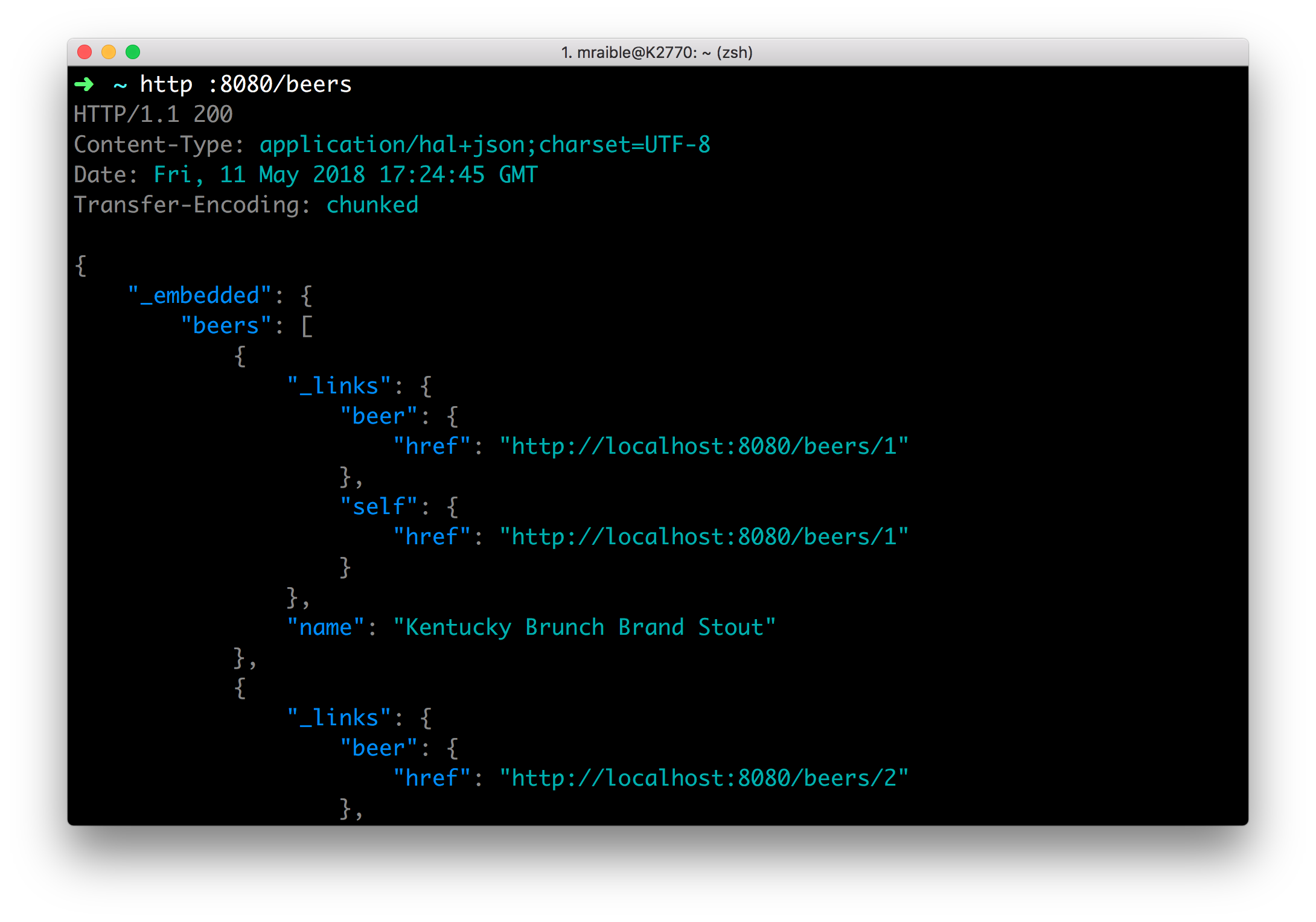
Adopting a microservice architecture provides unique opportunities to add failover and resiliency to your systems, so your components can handle load spikes and errors gracefully. Microservices make change less expensive too. It can also be a good idea when you have a large team working on a single product. Your project can likely be broken up into components that can function independently of one another. Once components can function independently, they can be built, tested,...